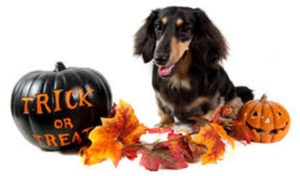 “Chestnuts roasting on an open fire, Jack Frost nipping at your nose, Yuletide carols being sung by a choir, and folks dressed up like Eskimos.” If Jack Frost is nipping at your nose, he’s probably nipping at your pets too!
“Chestnuts roasting on an open fire, Jack Frost nipping at your nose, Yuletide carols being sung by a choir, and folks dressed up like Eskimos.” If Jack Frost is nipping at your nose, he’s probably nipping at your pets too!
Although our furry friends have nice thick coats of hair they get cold too. Just like when we are outside having a blast in the snow our pets don’t always notice their skin starting to feel funny. As the body gets colder blood is diverted to the core systems leaving outer organs such as skin at risk of freezing. We typically see frost bite on the parts of pets that do not have fur such as foot pads, nose, ear tips and tail.
It is important to check your pets for frost bite when you return home from a good romp in the snow to ensure they did not get frost bite. A few things to check for include pale, hard skin that stays cold to the touch even after being inside. As it warms it may swell and turn red. This may be irritating to your pet and they may start to lick or chew at the area, in which case the area must be covered and treated immediately by your veterinarian. It’s also important to remember not to use hot water or electric heating blankets to try to warm your pet. If you think your pet has frost bite consult your veterinarian to ensure the condition is not severe and for proper warming instructions. Warming should be done very gradually to avoid damage to the skin.
Like with most things, prevention is the key. Frost bite can be prevented by avoiding prolonged exposure in cold weather. In addition use of coats, boots and other winter accessories especially on smaller breeds and breeds with thinner coats can be helpful as well as fashionable.
Like always, if you are concerned about your pet getting or having frost bite feel free to contact your local veterinarian and we will be happy to answer all of your questions.
This blog post was written by McQueen Animal Hospital, a veterinary clinic in Brampton providing quality affordable veterinary care




